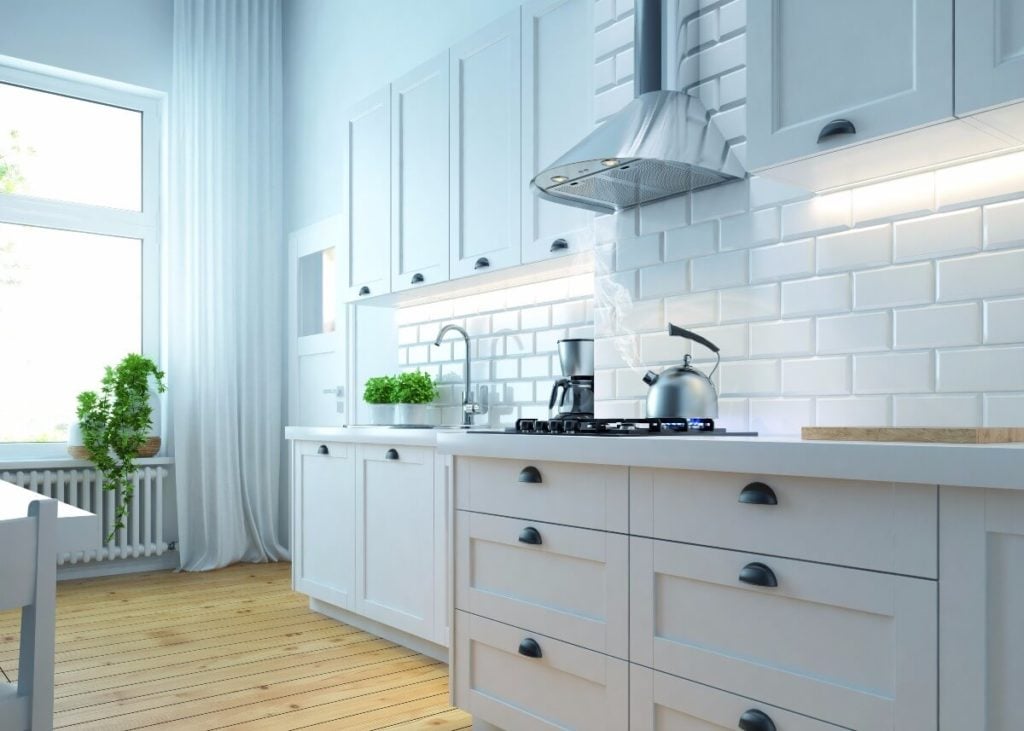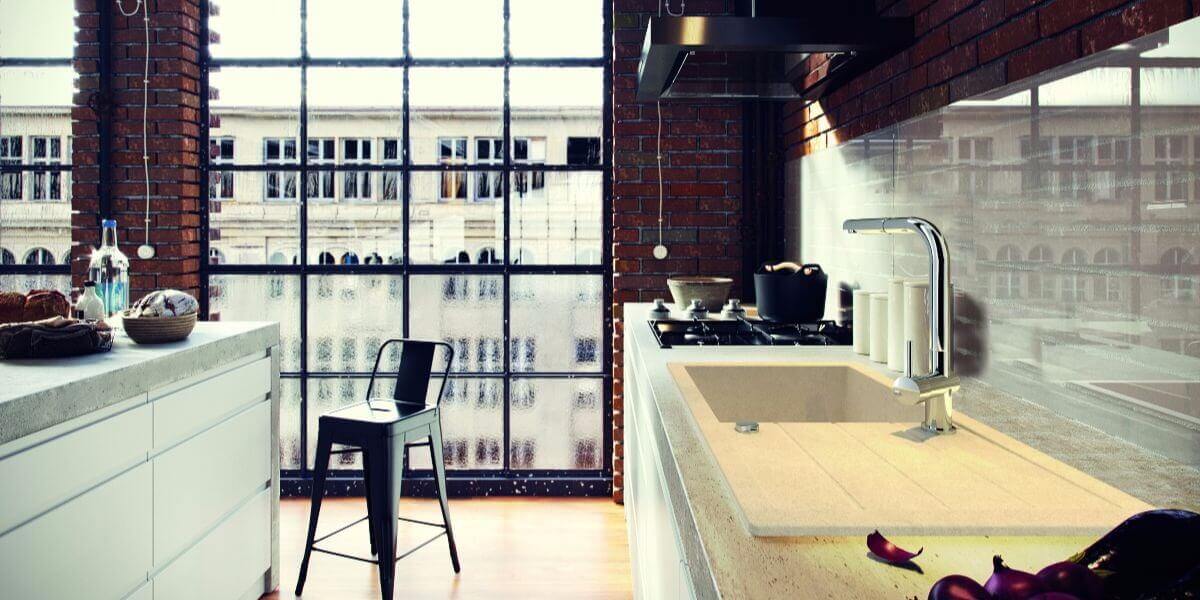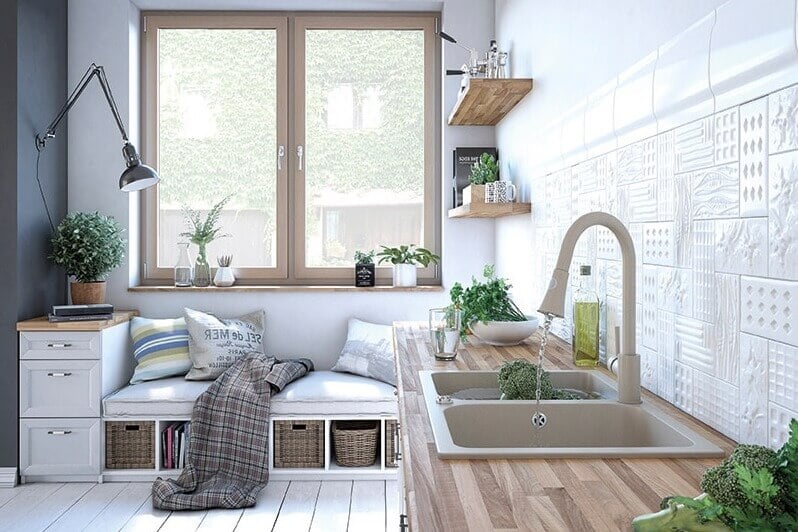
Wabi-sabi is a style or Japanese origin. The literal translation of the words “wabi” and “sabi” is simplicity and beauty; a beauty characteristic for old items, which have been worn by time or the forces of nature. Rooms decorated in this style are welcoming and incorporate elements made of natural materials. Characteristic for this style is the fact that nothing needs to be perfect, symmetrical and even.
Even though the name sounds exotic and it can be difficult to picture what it refers to, it is actually close the hearts of most of us. Wabi-sabi values… imperfection. However, such imperfection does not refer to chaos or mess, but rather to allowing architecture go out of complete human control so that it isn’t perfect.






